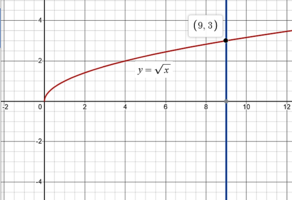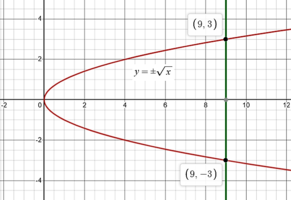I need an explanation to this square root simplification:
(−2)2∗3
Now I know the answer is supposed to be 23, but what if I split the square root into (−2)23 and then simplify just the (−2)2. I thought the square root and square were inverses, so why can't the square root cancel the square and leave -2 and thus −23 as the answer? Why does the square root cancel the square in this case x2=x but we can't cancel it and leave a -x as the answer? I know the order of operations (PEMDAS) but why can't the square root and square cancel in this way? What am I missing? Thanks!
(−2)2∗3
Now I know the answer is supposed to be 23, but what if I split the square root into (−2)23 and then simplify just the (−2)2. I thought the square root and square were inverses, so why can't the square root cancel the square and leave -2 and thus −23 as the answer? Why does the square root cancel the square in this case x2=x but we can't cancel it and leave a -x as the answer? I know the order of operations (PEMDAS) but why can't the square root and square cancel in this way? What am I missing? Thanks!


